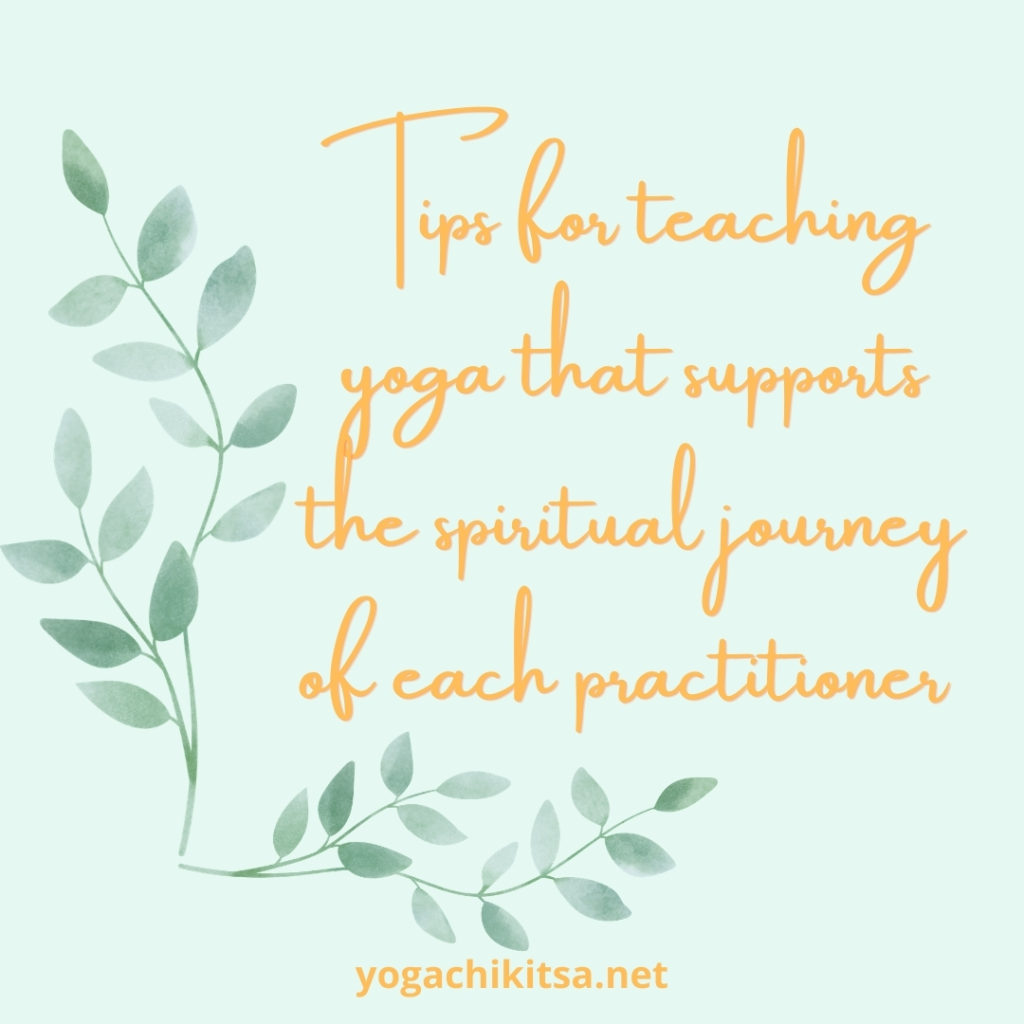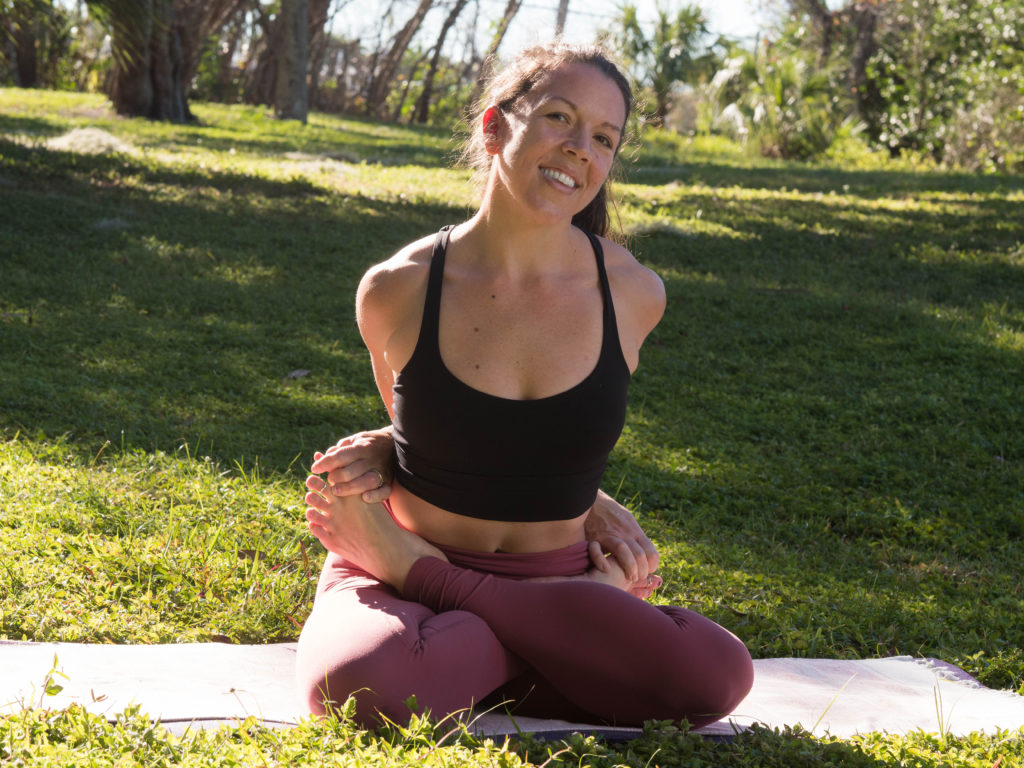
Well the short answer is – it depends!
Over time, the understanding of this type of breathing technique has changed and evolved. Yoga practices and techniques as a whole continue to evolve over time. These practices grow to rise up to meet the needs of the population generation after generation – yoga is a living and evolving practice to ultimately serve practitioners in a deep and meaningful journey of Self-discovery and connection.
A valuable part of the journey of yoga is understanding the history and origin of the practices and techniques we know and love. The history of yoga has deep and powerful roots in ancient traditions and when we are able to study and honor those traditions, it can enrich our practice and offer more stability to our foundation and understanding of what it is we’re actually doing.
In traditional Hatḥa Yoga practices, as outlined centuries ago, ujjāyī breath was a specific type of prāṇāyāma (precise breathing technique) which involved:
- inhaling through both nostrils while making a rasping sound with the palate and epiglottis
- holding the breath for a prescribed period of time
- then exhaling through the left nostril
*Please keep in mind, it is not always safe or appropriate for folks to participate in breath retention practices. It is not advised to use breath retention in public yoga classes for a number of reasons (see more here). Please consult your teacher prior to participating in ANY breath retention practices and remember these practices are meant to be learned and practiced under the careful and watchful eye of a trusted teacher.
This is quite a different technique than we are taught in most modern yoga classes. Overtime, the breath retention and single nostril exhalation components of this technique have fallen away and most modern yoga practitioners identify ujjāyī breath with just the first step of this process.
In our tradition of Ashtanga Yoga, our teacher Paramaguru Sharath Jois, has often directed us to refer to the breath we use on our posture practice as ‘deep breathing with sound’ in order to acknowledge the difference between traditional ujjāyī prāṇāyāma and the breathing we do in our modern posture practice.

Since breath is THE MOST IMPORTANT PART of our physical yoga practice, it’s valuable and deeply important to be curious about the origins and roots of our modern use of ancient practices.
When you’re moving your body on your mat, always prioritize deep, intentional breath with sound, this is the key to unlocking the limitless benefits of yoga.

500hr Teacher Training – April 29, 2023
eBook – The Sound The Heart Sings, a journey inward with sacred sanskrit sounds
